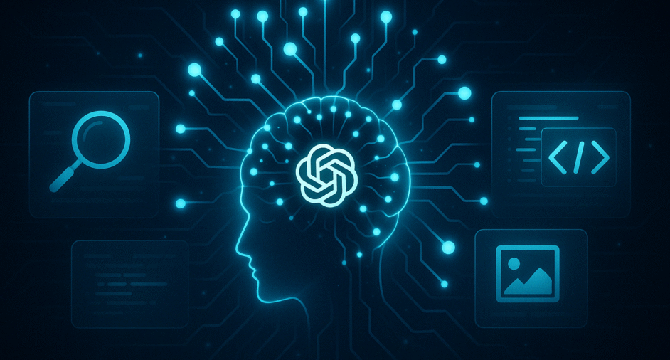Unite
1M
140

Image Credit: Unite
Inside OpenAI’s o3 and o4‑mini: Unlocking New Possibilities Through Multimodal Reasoning and Integrated Toolsets
- OpenAI released upgraded versions of its advanced reasoning models, o3 and o4-mini, improving on their predecessors, o1 and o3-mini.
- These models offer enhanced performance, new features, and improved accessibility, focusing on enhancing reasoning capabilities.
- o3 and o4-mini excel in complex reasoning tasks, taking more time to provide thorough responses and outperforming previous models on various benchmarks.
- A key advancement is their ability to 'think with images,' integrating visual data into the reasoning process, bridging text and visual information.
- These models can use all tools available in ChatGPT simultaneously, enabling tasks like web browsing, Python code execution, and image processing and generation.
- Implications of o3 and o4-mini include benefits in education, research, industry, creativity, accessibility, and the move towards autonomous agents.
- Despite their advancements, o3 and o4-mini have a knowledge cutoff of August 2023, which may limit their responses to recent events without web browsing assistance.
- Future iterations are expected to address real-time data ingestion and progress towards autonomous AI agents for planning, reasoning, acting, and learning with minimal supervision.
- OpenAI's new models have the potential to significantly boost productivity and innovation across various sectors.
- The article discusses the evolution of OpenAI's language models and the distinct features and benefits of o3 and o4-mini in enhancing reasoning, multimodal understanding, and tool integration.
Read Full Article
8 Likes
For uninterrupted reading, download the app